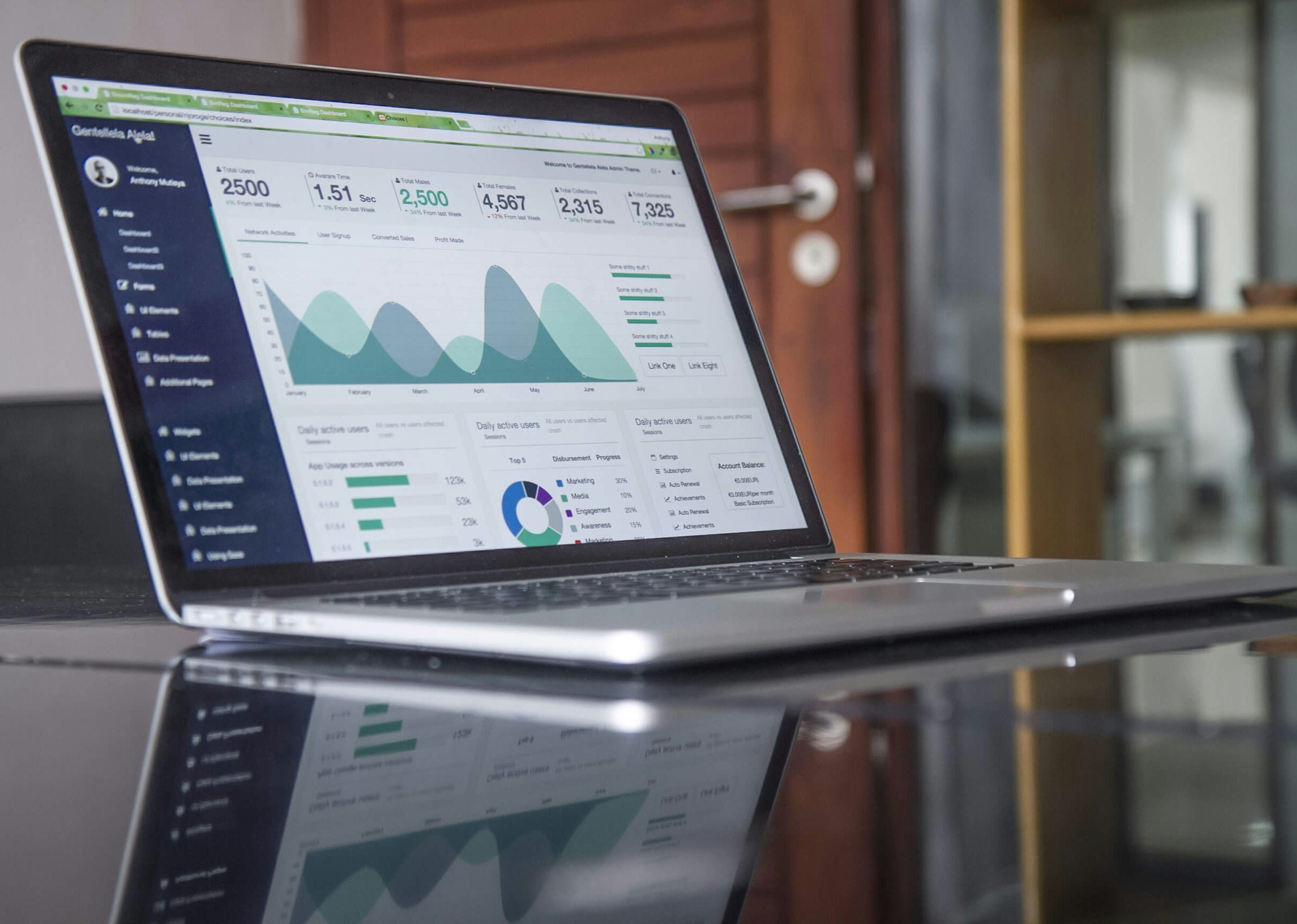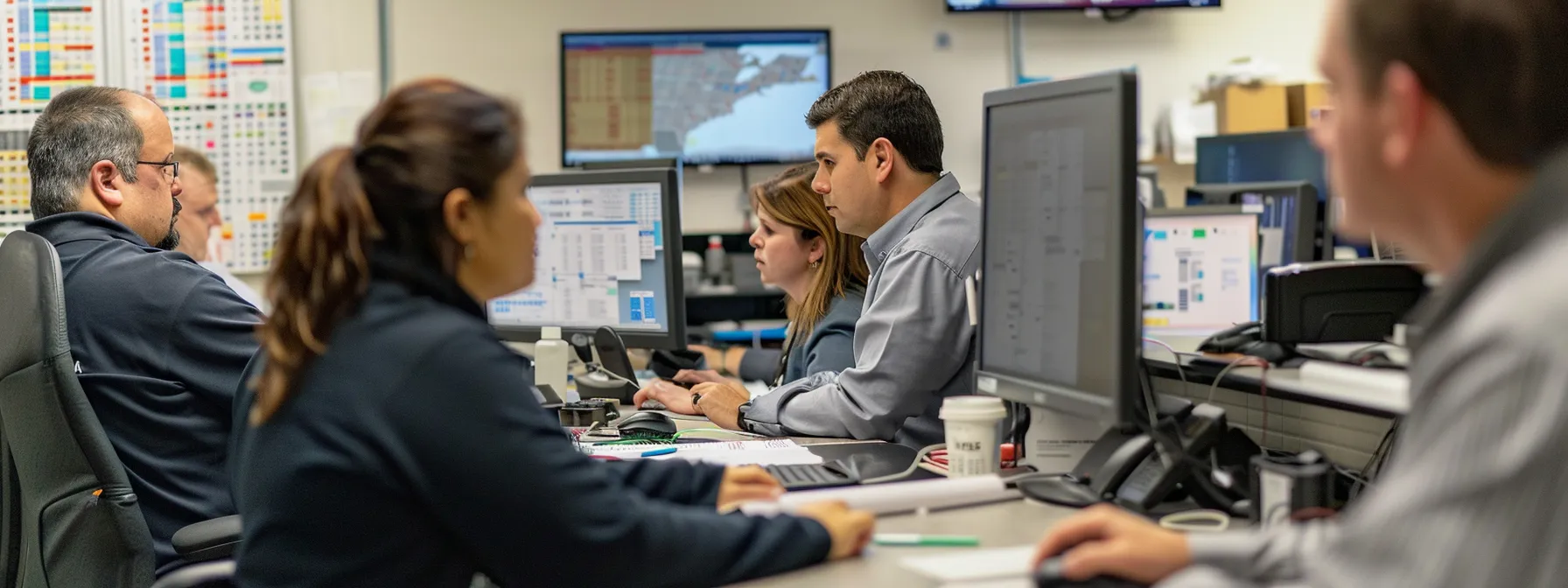Remote admin services are becoming essential for businesses. Are you struggling to manage these services effectively? This article will guide you through establishing secure protocols, selecting the right tools, and developing communication strategies. You’ll learn how to monitor performance, ensure compliance, and plan for business continuity. By implementing these strategies, you’ll enhance your project management skills, streamline services, and improve feedback processes. Discover how to optimize your remote admin services and boost your organization’s efficiency.
Key Takeaways
- Effective remote admin services require secure access protocols and regular security policy updates
- Clear communication and regular team meetings are crucial for managing remote admin teams
- Selecting appropriate tools and training staff enhances productivity in remote admin services
- Performance monitoring and compliance adherence are essential for maintaining service quality
- Comprehensive disaster recovery plans and data backup systems ensure business continuity for remote services
Understanding the Importance of Remote Admin Services

Remote admin services play a crucial role in modern business operations. From bookkeeping to virtual assistant tasks, these services offer numerous benefits when managed effectively. This section explores the importance of remote administration, its key advantages, and potential risks. Understanding these aspects helps businesses optimize their use of virtual assistants and streamline operations across various platforms and operating systems.
Recognizing the Role of Remote Administration in Modern Business
Remote administration has become a cornerstone of modern business operations, revolutionizing how companies manage their resources and serve clients. Businesses can create virtual command centers by leveraging software and design tools to efficiently manage remote admin services. This approach enables companies to streamline workflows, reduce overhead costs, and provide seamless support to clients across different time zones and geographical locations.
Identifying Key Benefits of Effective Remote Admin Management
Effective remote admin management offers numerous benefits for businesses. By streamlining workflows and outsourcing admin support, companies can enhance productivity and reduce operational costs. Remote administrators efficiently handle password management, social media management, and other essential administrative functions. This approach allows businesses to focus on core competencies while ensuring seamless operations across various time zones and geographical locations.
Assessing Risks Associated With Remote Service Management
Remote service management presents unique challenges for businesses utilizing admin services. Security risks, such as unauthorized access to sensitive data, can compromise productivity and business operations. Windows systems require careful monitoring to prevent vulnerabilities. Marketing agencies relying on remote admins must implement robust security protocols to safeguard client information. Maintaining clear communication channels and setting productivity benchmarks are essential for effective remote admin management.
Establishing Secure Remote Access Protocols

Establishing secure remote access protocols is crucial for managing remote admin services effectively. Companies must implement strong authentication methods, utilize VPNs and encrypted connections, and regularly update security policies. These measures protect customer data, streamline tasks, and ensure smooth company operations. Proper security protocols allow remote admins to focus on delivering exceptional customer service while maintaining a secure work environment.
Implementing Strong Authentication Methods
Strong authentication methods form the backbone of secure remote access for admin services. Companies implement multi-factor authentication, combining passwords with biometric verification or security tokens to strengthen network security. This approach protects sensitive data and server access from unauthorized users. Remote admins benefit from enhanced security measures, allowing them to provide reliable service while safeguarding critical information.
Utilizing VPNs and Encrypted Connections
Virtual Private Networks (VPNs) and encrypted connections are essential tools for securing remote admin services. They create a secure tunnel for transmitting sensitive information between virtual assistants and clients, ensuring data privacy. Implementing robust VPN protocols protects client data. This approach allows remote admins to access necessary information securely, regardless of their location, enhancing productivity and client trust:
| VPN Benefits | Encrypted Connection Advantages |
|---|---|
| Secure data transmission | End-to-end protection |
| Remote access to resources | Confidentiality of client information |
| IP address masking | Protection against data breaches |
Regularly Updating Security Policies and Procedures
Regular security policy and procedure updates are essential for maintaining robust remote admin services. Companies must review and revise their protocols to address emerging threats, protect sensitive data, and ensure a seamless user experience. Organizations can adapt their strategies without incurring excessive fees by focusing on core security measures and paying attention to evolving risks. This proactive approach enhances the overall security posture and protects both the company and its clients:
| Policy Update Area | Impact on Remote Admin Services |
|---|---|
| Access Control | Strengthens data protection |
| Incident Response | Improves reaction to security breaches |
| Password Management | Enhances overall system security |
Selecting the Right Remote Administration Tools

Selecting the right remote administration tools is crucial for the effective management of virtual assistant services. This section evaluates software options, integrates tools into existing systems, and trains staff on new technologies. Businesses can enable seamless database access and enhance overall business management for remote admin tasks by choosing appropriate tools.
Evaluating Software Options for Your Needs
Organizations evaluating software options for remote admin services should consider tools that streamline community engagement, document management, and payroll processing. Effective solutions integrate seamlessly with existing systems, enhancing accounts payable workflows and overall organizational efficiency. When selecting software, businesses should assess features that align with their specific needs and promote collaborative work environments:
- Community management platforms
- Document storage and sharing systems
- Payroll processing software
- Accounts payable automation tools
- Project management and collaboration suites
Integrating Tools Into Existing Systems Seamlessly
Seamless integration of remote administration tools into existing systems enhances personal assistant productivity and streamlines admin services for business owners. Knowledge transfer becomes more efficient when tools align with current workflows. Companies should prioritize solutions that offer “skip to content” features, allowing quick access to essential information. Key steps for successful integration include:
- Assessing compatibility with current software
- Conducting thorough testing before full implementation
- Providing comprehensive training for staff
- Establishing clear protocols for tool usage
- Regularly evaluating tool performance and user feedback
Training Staff on New Technologies
Training staff on new technologies is essential when selecting remote administration tools. Organizations should develop comprehensive training programs that cover tool functionality, best practices, and backup procedures. By providing hands-on experience and ongoing support, companies ensure their remote admin teams can effectively utilize the selected tools to maximize productivity and maintain data security. Regular training sessions help staff adapt to evolving technologies and optimize their use of remote administration tools.
Developing Effective Communication Strategies

Effective communication is crucial for managing remote admin services. This section explores strategies for scheduling regular team meetings, setting clear expectations, and utilizing collaboration platforms. These approaches enhance coordination, align objectives, and boost efficiency in remote admin teams, ensuring smooth operations and successful project outcomes.
Scheduling Regular Team Meetings
Regular team meetings are crucial for managing remote admin services effectively. These meetings provide a platform for virtual assistants to discuss ongoing projects, address challenges, and align their efforts with organizational goals. By scheduling consistent check-ins, managers can ensure clear communication, foster team cohesion, and maintain productivity across diverse time zones. Effective meetings focus on key updates, task prioritization, and collaborative problem-solving, enabling remote admin teams to stay connected and motivated despite physical distance.
Setting Clear Expectations and Objectives
Setting clear expectations and objectives is essential for remote admin services. Managers should establish specific goals, deadlines, and performance metrics for virtual assistants. This approach ensures alignment between team members and organizational objectives, leading to improved productivity and job satisfaction. Clear expectations also help remote admins prioritize tasks and manage their time effectively:
| Expectation Area | Impact on Remote Admin Services |
|---|---|
| Task Prioritization | Improved time management |
| Performance Metrics | Enhanced productivity tracking |
| Communication Standards | Clearer team collaboration |
Utilizing Collaboration Platforms for Efficiency
Collaboration platforms play a crucial role in enhancing the efficiency of remote admin services. These tools enable virtual assistants to share documents, communicate in real time, and track project progress seamlessly. By utilizing platforms such as Slack, Trello, or Microsoft Teams, remote admin teams can streamline their workflows, reduce miscommunication, and improve overall productivity. These platforms also facilitate quick decision-making and problem-solving, ensuring that remote admin services remain agile and responsive to client needs.
Monitoring Performance and Ensuring Compliance

Monitoring performance and ensuring compliance are essential for effective remote admin services management. This section explores setting up monitoring systems, conducting regular audits, and staying updated with compliance regulations. These practices help maintain service quality, identify areas for improvement, and adhere to industry standards, ensuring remote admin services operate efficiently and securely.
Setting Up Monitoring Systems for Remote Services
Setting up monitoring systems for remote services is crucial for maintaining efficient and secure operations. These systems track performance metrics, detect potential issues, and provide valuable insights into remote admin activities. Effective monitoring allows managers to assess productivity, ensure compliance, and identify real-time improvement areas. Key components of a robust monitoring system include:
- Performance tracking tools
- Security monitoring software
- Time tracking applications
- Quality assurance metrics
- Automated reporting systems
Conducting Regular Audits and Assessments
Regular audits and assessments are vital in managing remote admin services effectively. These evaluations help identify potential security vulnerabilities, assess compliance with industry standards, and measure the overall performance of virtual assistants. By conducting systematic reviews, organizations can uncover areas for improvement, optimize workflows, and ensure that remote admin services align with business objectives. Frequent audits also demonstrate a commitment to quality and security, building trust with clients and stakeholders.
Staying Updated With Compliance Regulations
Staying updated with compliance regulations is essential for remote admin services to maintain legal and ethical standards. Organizations must regularly review and adapt to changes in data protection laws, industry-specific regulations, and international standards. This proactive approach helps prevent legal issues, protects sensitive information, and ensures remote admin teams operate within established guidelines. Companies can implement automated compliance tracking systems and provide ongoing training to keep virtual assistants informed about the latest regulatory requirements:
| Compliance Area | Impact on Remote Admin Services |
|---|---|
| Data Protection | Ensures proper handling of sensitive information |
| Industry Regulations | Maintains adherence to sector-specific standards |
| International Standards | Facilitates global operations and client trust |
Planning for Business Continuity and Disaster Recovery

Planning for business continuity and disaster recovery is crucial for managing remote admin services. This section covers creating comprehensive disaster recovery plans, testing and updating recovery procedures, and ensuring data backup and redundancy. These strategies help organizations maintain operations during disruptions and protect vital information, ensuring seamless service delivery for clients.
Creating a Comprehensive Disaster Recovery Plan
Creating a comprehensive disaster recovery plan is essential for remote admin services to maintain business continuity during unexpected events. Organizations should identify potential risks, establish clear protocols for data recovery, and define roles and responsibilities for team members. The plan should outline step-by-step procedures for restoring critical systems, communicating with stakeholders, and resuming normal operations. By developing a thorough disaster recovery strategy, remote admin services can minimize downtime, protect valuable data, and ensure uninterrupted service delivery to clients.
Testing and Updating Recovery Procedures
Regular testing and updating of recovery procedures are crucial for maintaining effective remote admin services. Organizations should conduct scheduled simulations to assess the effectiveness of their disaster recovery plans, identifying potential weaknesses and areas for improvement. These tests help refine response times, validate data restoration processes, and ensure team members are familiar with their roles during emergencies. By consistently reviewing and updating recovery procedures, remote admin services can adapt to evolving technologies and threats, enhancing their resilience and ability to maintain business continuity:
| Recovery Procedure Element | Testing Frequency | Update Considerations |
|---|---|---|
| Data Backup Systems | Monthly | Storage capacity, encryption methods |
| Communication Protocols | Quarterly | Contact lists, notification systems |
| System Restoration | Bi-annually | Hardware compatibility, software versions |
Ensuring Data Backup and Redundancy
Remote admin services must ensure data backup and redundancy to maintain business continuity. Organizations implement robust backup systems that automatically replicate data across multiple secure locations, protecting against hardware failures, cyberattacks, or natural disasters. Remote admin teams regularly verify backup integrity and test data restoration processes to ensure quick recovery in case of emergencies. By prioritizing data redundancy, companies safeguard their operations and maintain client trust in their remote admin services.
Conclusion
Managing remote administrative services is crucial for modern businesses. It requires a comprehensive approach that includes secure access protocols, appropriate tools, clear communication strategies, and robust performance monitoring. Organizations can protect sensitive data and ensure seamless operations across various platforms by implementing strong authentication methods, using VPNs, and regularly updating security policies. Selecting the right remote administration tools, developing effective communication strategies, and conducting regular audits are essential for maintaining productivity and compliance in virtual teams. Ultimately, a well-planned business continuity and disaster recovery strategy, along with ongoing training and adaptation to new technologies, enables remote administrative services to thrive in an ever-evolving digital landscape.

